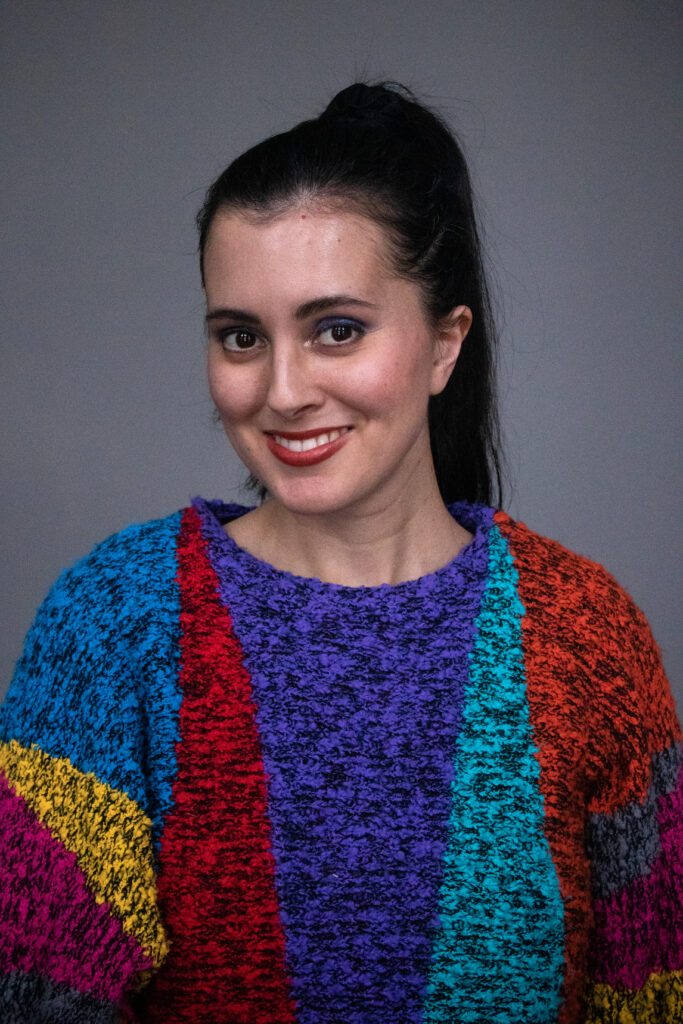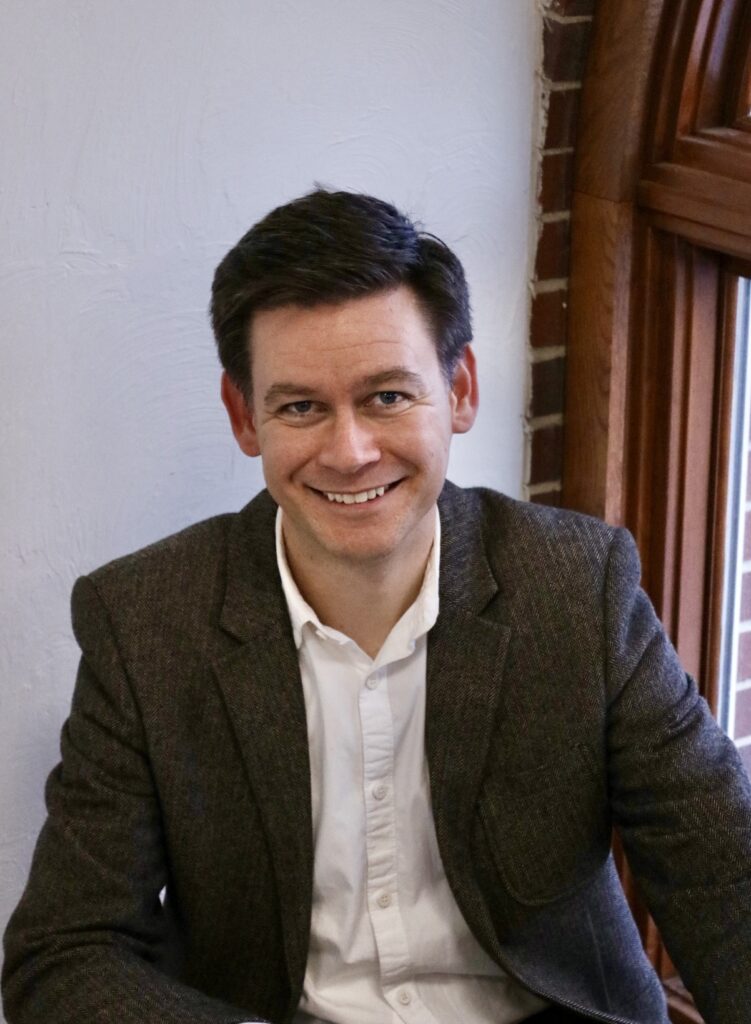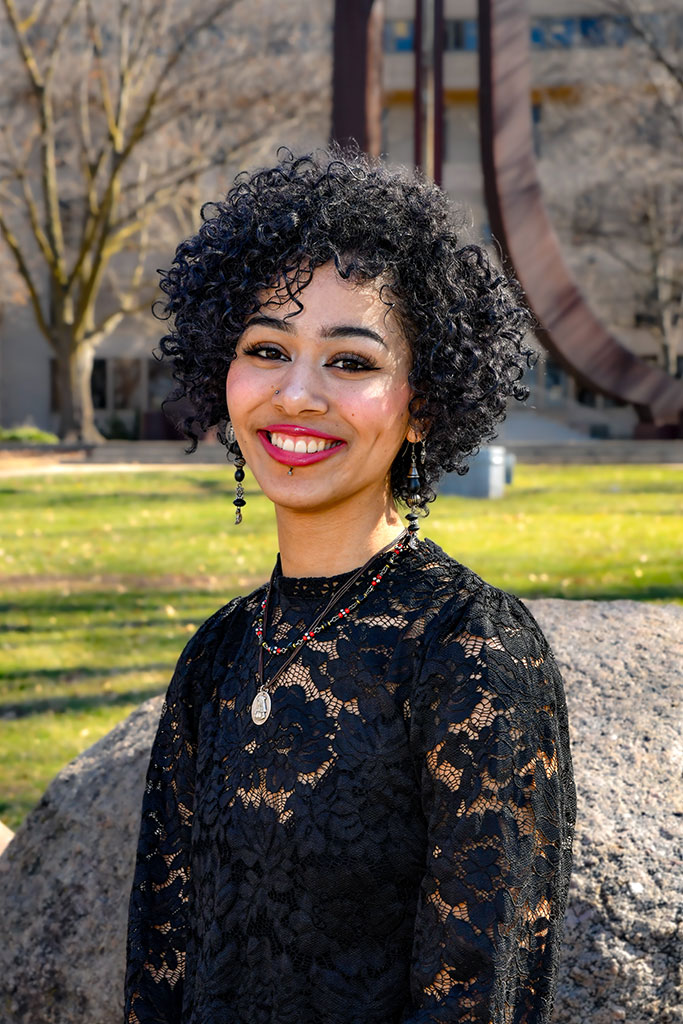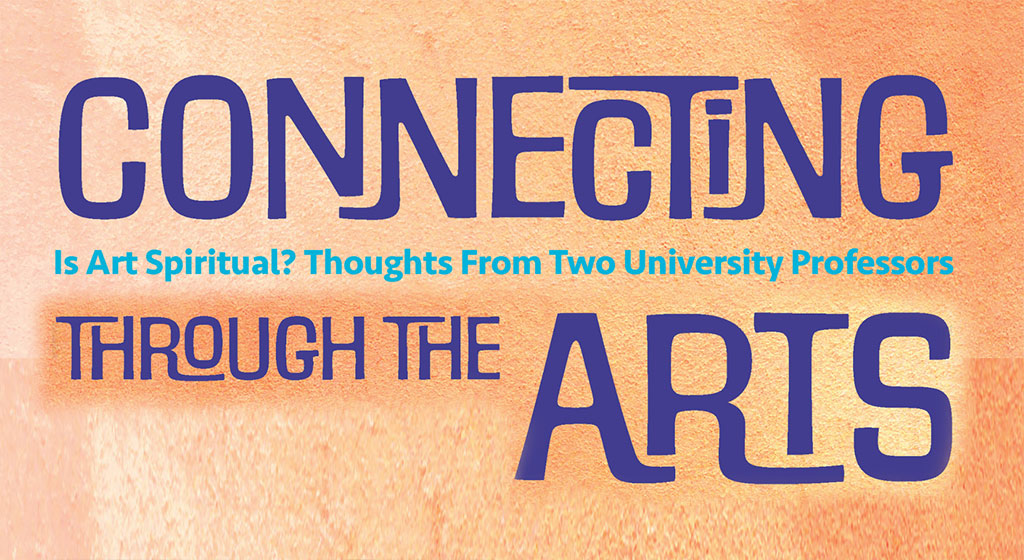Suzanne Ócsai: Assistant Professor of Art and Design
Suzanne Ócsai was three years old when she told her mother she wanted to be an artist. Since her father was a mechanical engineer, the house was always stocked with pencils and paper.
Ócsai had just finished teaching a computer design class when I walked into her office. She’s been a professor of Art and Design at Union Adventist University since 2022.
Ócsai offered two comments on what she believes makes art spiritual. “The entire process of creating art is spiritual. From the ideation process to even the practice.” She believes that in order to create something that will really have a profound effect on the viewer, the artist has to put themself into the piece. “That requires opening up their soul, which makes it a spiritual experience.”
the ideation process to even the practice.” She believes that in order to create something that will really have a profound effect on the viewer, the artist has to put themself into the piece. “That requires opening up their soul, which makes it a spiritual experience.”
Her second response was, “I think that honesty is the spiritual journey. You must be honest to even have a spiritual journey. Art, in its true sense, makes us question things. It makes us feel and confront what makes us uncomfortable.” She identified this as impacting people in either drawing them toward their journey or pushing them away. Dealing with things honestly can be uncomfortable. “Artists choose to live in that uncomfortable space of grappling with difficult topics and being vulnerable. They’re judged a lot. It means to show parts of yourself that, oftentimes, people try to hide.”
When I asked what art means to her, Ócsai laughed, telling me no artist wants to sound cliché. For her, art is about connecting with her heritage and meeting parts of herself that she’s never known. It connects her to God, as she stated, “I’m continuing to learn new things about myself every day, and it’s the same in my relationship with God. For me, art is how I process what I’m learning, whether that’s about myself or God.”
In some ways, she’s found the closest connection to God has been through art. “Living as an artist is to look at the world differently.” It gives her the opportunity to be a part of a community that takes an idea and makes it into something tangible. She expressed how it’s something extremely special and validating to see a thought materialize.
Ócsai rose from where she was sitting at her desk and pointed to two art pieces depicting Jesus. They were pieces acquired from former art professors she regards dearly. Both contained dark imagery. One was of Christ on the cross, with dark clouds looming above. The other, a somber portrait. She studied them, stating that they were images of suffering, and she identified suffering as being a driving force behind why many artists create. She began explaining that “when you are an artist tapping into those parts of yourself that are dark and suffering, you can feel very alone and isolated. But when you’ve created something from that, there’s somebody who can relate.” Looking at the two paintings, Ócsai understands that on the cross, Jesus felt that suffering, and art is a way for her to connect to Him.
Alan Orrison: Art and Design Program Director
When Alan Orrison was seven years old, he began taking photos on a little Mickey Mouse camera. However, it wasn’t until he was in undergraduate school that he created something he would consider art. For Orrison, his creativity is ignited by the process of solving and exploring solutions to problems, from the personal and small-scale things to the societal and bigger-level issues.
 “God has given us art as one of the best tools to process this world and its challenges,” Orrison responded when I asked what art means to him. “God does amazing work through His church and other community organizations, but art has an often-overlooked ability to cut right to the heart of hard issues, raising awareness and lifting each other up. Sometimes as an individual artist you’re more free to speak truth into situations around you. If you see something, you can say something, and that is witnessing.”
“God has given us art as one of the best tools to process this world and its challenges,” Orrison responded when I asked what art means to him. “God does amazing work through His church and other community organizations, but art has an often-overlooked ability to cut right to the heart of hard issues, raising awareness and lifting each other up. Sometimes as an individual artist you’re more free to speak truth into situations around you. If you see something, you can say something, and that is witnessing.”
The spiritual nature of art has been a complex conversation for years. Orrison related how the history of art has evolved over time. “Looking back at art history, art was primarily a religious practice. Art was done for the church; it was religious and had to be done with a certain formula, which made it religious art. But I think it’s limiting God, in what we can and cannot talk about, when we have to abide by those set rules. Art is here to help us process all the things around us, the things we care about. There are other things that Christian artists can and should be portraying, talking about, and introducing to people that may be difficult and peculiar.”
I was curious to know if Orrison has done any particular art that was especially impactful to him. He said there is an abstract series he created, highlighting the various and sometimes weird feelings a person gets at the ocean. He recalls feeling successful about this piece when a viewer told him that looking at that abstract art made them feel scared. Orrison felt content with this response because his goal in creating art is to give people the space to feel, question or think about something, especially in regard to nature. He stated that most of his work “is an attempt to help people think about their relationship to the natural world or the environment.”
Orrison passionately spoke of how God uses artists to highlight the beauty of His creation in places unexpected or in the small and mundane aspects of life—those facets that aren’t the beautiful sunsets and peaks of mountains commonly associated with God’s creation.
His views about art having a place within spirituality are very inclusive. “Good art gives space
 for everybody to experience it, regardless of background. You can come to a work of art with all your baggage and enter into a dialogue.” This is the beauty that art has. As he explained it, “It allows for people to have open and necessary conversations.”
for everybody to experience it, regardless of background. You can come to a work of art with all your baggage and enter into a dialogue.” This is the beauty that art has. As he explained it, “It allows for people to have open and necessary conversations.”
Shanti Slater is a junior studying English at Union Adventist University. She is from Forbestown,California.










